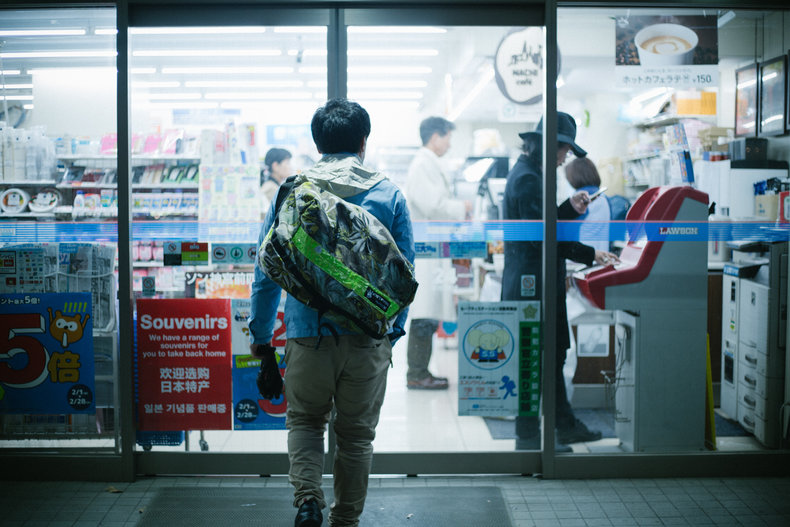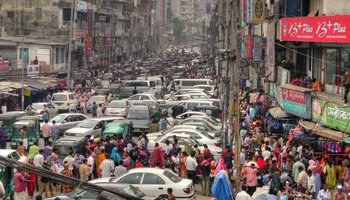
Inefficiency
General inefficiency such as an ecommerce company that commonly sends products in a box that is 2x-50x larger than the product. In many cases, the box is then filled with other packaging materials designed to keep the items from shifting in the oversized box. This appears to be simply due to inefficiency such that an organization is somehow unable to succeed at selecting a box the same size as the product.Shrinkflation
Shrinkflation is the tendency for producers to make products smaller with time in order to hide price inflation from customers. In many cases, such products are overpackaged to give the appearance that the size hasn't changed.Shelf Space
Products placed in large packages designed to require more shelf space in stores such that they become more visible to consumers.Convenience
Packaging that is designed to be convenient such as 100 grams, or 4 ounces, of cheese in a package that contains 10 individually packaged bite-sized portions. If this has significant value, it isn't overpackaging. For example, this may help individual portions to stay fresh. Alternatively, this may go too far that the customers find all the packaging cumbersome and low value.Premium Packaging
In some cases, packages use excessive materials to make them more valuable to customers. For example, a high quality jam sold in a wooden box with a jar inside. If this is perceived as valuable, it isn't overpackaging. This may not have a negative environmental impact as premium items encourage consumers to appreciate and reuse items as opposed to viewing everything as a cheap disposable commodity.Security Packaging
Historically, consumer products such as electronics were packaged in hard plastic shells that were extremely difficult to open. This was ostensibly done for security reasons to prevent security tracking tags from being removed. Conveniently, this also dramatically reduces product returns as it is impossible to open such products without destroying the packaging. Consumers commonly feel they can't return a product that has a damaged package. This was discontinued by some firms due to liability issues as consumers commonly opened such packages with scissors and other sharp objects leading to 6,500 emergency department visits in the U.S. in 2004 alone. Thick plastic security packaging peaked in the 1990s but is still used by some firms today.Notes
Overpackaging is a word but awareness of this is low such that it is more commonly spelled over-packaging. This is reinforced by spellcheck functions that commonly only understand a small fraction of English words.| Overview: Overpackaging | ||
Type | ||
Definition | Packaging that uses excessive materials that adds little or no value to the product. | |
Also Known As | Over-packagingExcessive PackagingUnsustainable Packaging | |
Related Concepts | ||





























